Description
Pollinator Mixes Collection
This Pollinator Mixes Collection consists of our 3 great 1oz. pollinator mixes to help grow season-long forage for native pollinators, birds, and honeybees. Complete the set by purchasing a 1 oz package of our Wildflower Mix for Hummingbirds if you have them in your area.
Includes:
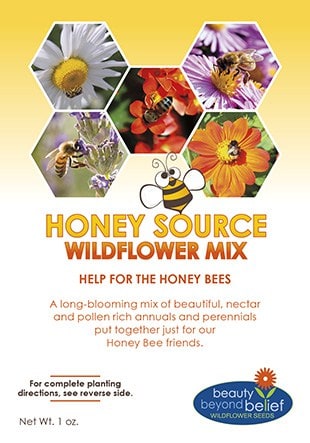
1 oz Honey Source Mix
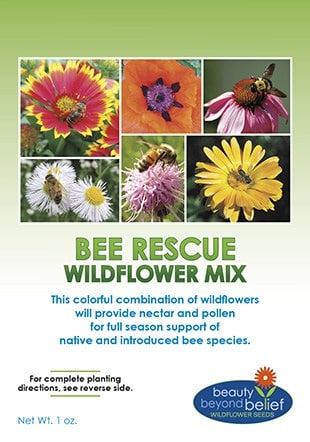
1 oz. Bee Rescue Mix
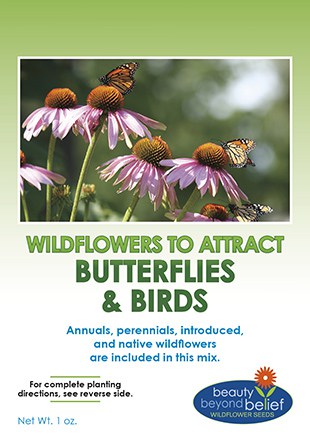
1 oz Butterflies & Birds Mix
-All pure seed, no fillers
-All pure seed, no fillers
-Non-GMO
-Neonicotinoid Free
Zones: 2-8
If you would like larger quantities of any of these mixes please visit the web pages for the individual mixes.
Help Earth’s Pollinators
Native pollinators control the healthy function of our natural ecosystem. The documented decline of native pollinators, as well as that of the introduced European honeybee, should concern everyone. This decline resulting from the fragmentation and destruction of native habitats has reduced the food sources for many native pollinators. The traditional corridors of nectar- and pollen-rich plant sources have been destroyed by development and changes in land use. Isolated habitats are further degraded by non-native and invasive species. Misuse of pesticides and the introduction of non-native pollinators have contributed to the extinction of many of our native species.
Nectar and pollen are necessary for the survival of all pollinators, Edge-to-edge planting of mono-crops and increasing urban and suburban development have helped in the decline of honey bees and native pollinators. In urban areas flowering plants and trees are replaced with manmade materials and with lawns in suburbia.
Take a little bit of time and effort to plant pollinator-friendly plants, trees, and bushes in your garden, or in pots for your patio. Use the Pollinator Mixes Collection to plant in several different areas. Get your neighbors to do the same, making a food corridor for the bees and natives to travel along. Often the plants that these beneficial insects require are also drought-tolerant, native plants that will help reduce your overall water consumption. Chose a selection of plants that will come into bloom at different times of the spring, summer, and fall seasons.
Pollinator Conservation
Bees are the most predominant pollinators of flowering plants and they play a vital role in sustaining healthy eco-systems. Loss of natural food supplies and habitat has resulted in the decline of native bees. European Honey bees have also been in decline for a number of years due to Colony Collapse Disorder. As a result, pollinator conservation was made an important part of the 2008 Farm Bill. Which reauthorizes incentives for wildlife habitat conservation practices and provides funding and expertise to assist in maintaining or purchasing easements to conserve or restore native grasslands and to protect agricultural lands from non-agricultural development. All of which help our pollinators.
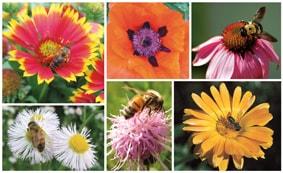
The Pollinator Mixes Collection has annuals and perennials that will bloom all season long. It has been field-tested and is known to attract honey bees, bumblebees, and other native bees such as mining bees, leaf-cutter bees, sweat bees, and long-horned bees. Bees will forage on the flowers for nectar and pollen, which in turn provide the bees their needed carbohydrates and protein. Well-nourished bees are more capable of fending off diseases and parasites and are an integral part of sustaining healthy ecosystems.



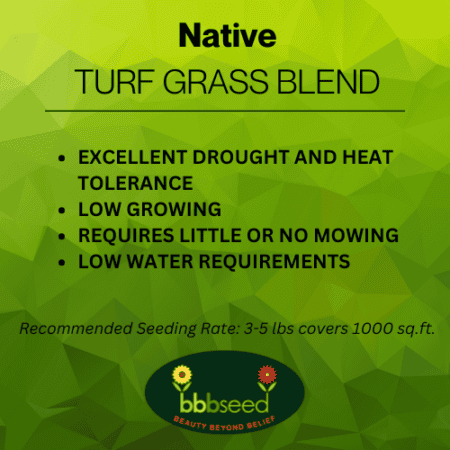

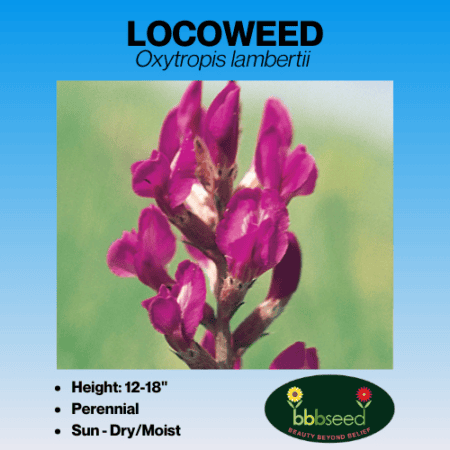
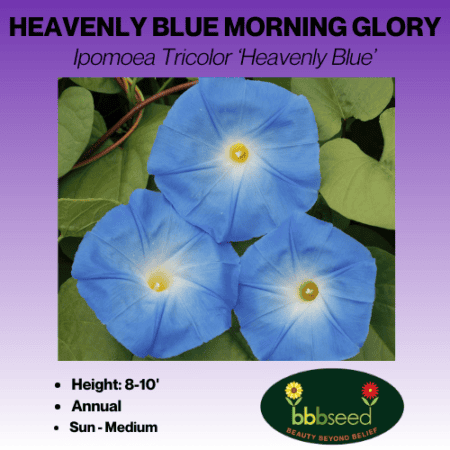



Reviews
There are no reviews yet.